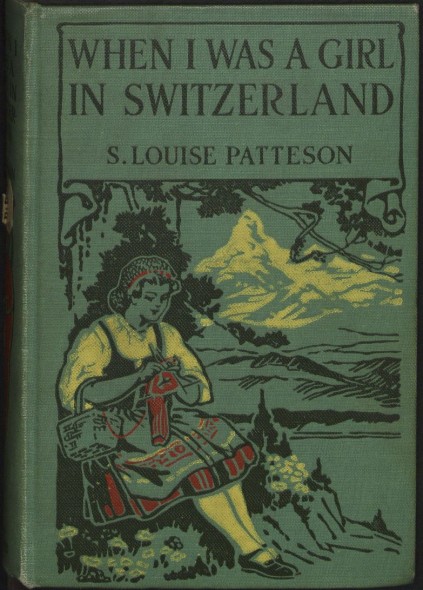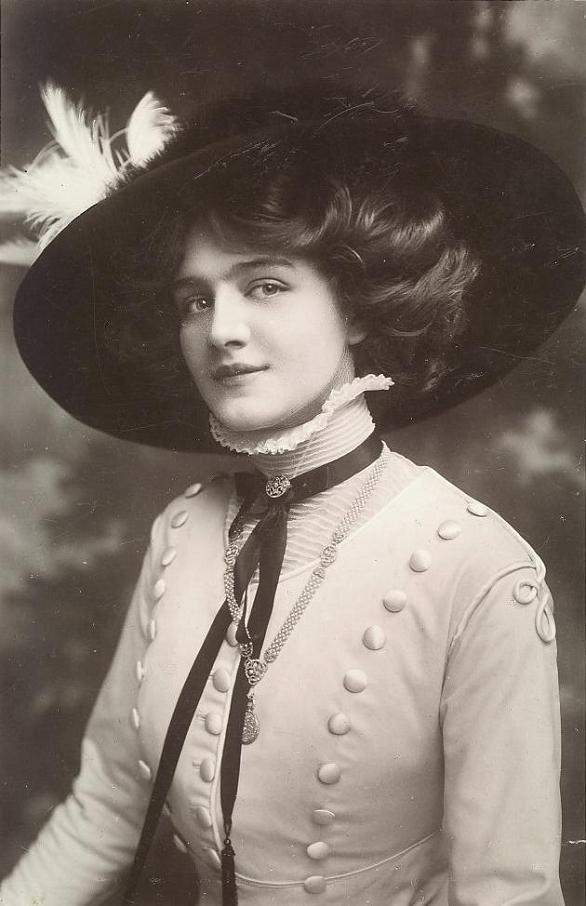
A Twitter follower asked a great question about music in the Edwardian era, which alerted me to this gap on Edwardian Promenade. I’ve blogged a lot about ragtime and a little about the opera and musical theatre of the period, but have yet to draw them together–until now. I’m going try my best to stick with 1900s and 1910s England, but a large part of the Edwardian era’s change and growth in music devolved from the first wave of modern “globalization,” where peoples from all walks of life came in contact with one another through technology (ocean liners, telephones, cinema, etc).
Also, as with all things in this period, music consumption could be stratified by class. Opera and classical concerts were listened to by a variety of classes, but during the early 1900s, they both suddenly became “highbrow”–which is where they stand today. The rise of sheet music and a middle class finally uninterested in aping the upper classes created a “middlebrow” musical culture. The music hall became “respectable,” and lower and working-class denizens were exposed to masters of the music hall craft, who moved away from cobbling together old skits and revues.
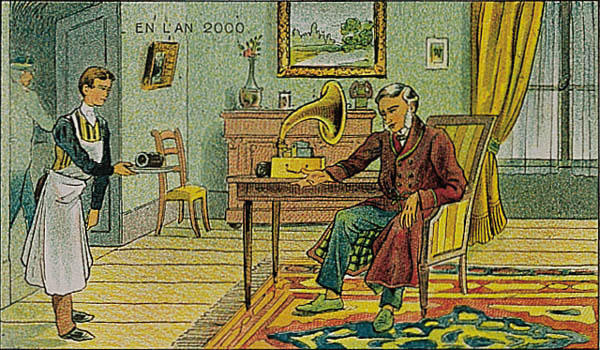 By Villemard [Public domain or Public domain], via Wikimedia Commons
By Villemard [Public domain or Public domain], via Wikimedia Commons
The biggest revolution in Edwardian music was the introduction of the gramophone (or phonograph, depending on country of origin). Of course this was limited to the middle-classes and up, but the wild success of recorded music launched a new–and lucrative–branch of the music industry virtually overnight. A public hungry for recordings of popular and traditional tunes, and opera and theatre stars, reached as far away as India, where they couldn’t get enough of comedic tunes from London’s music halls.
It’s very likely the increase in literacy and education post-1870s Education Act fostered the growth of music literacy, for this was also the epoch of the great orchestra groups like the Royal Philharmonic Society (earned the “Royal” upon its centenary in 1912), Halle Orchestra of Manchester, and the London Symphonic Orchestra. For the Edwardians, music could be heard in diverse places ranging from the Royal Albert Hall, Queen’s Hall, the Crystal Palace, all the way to bandstands in city parks and at seaside resorts, and regimental bands provided even more exposure to popular and patriotic tunes.
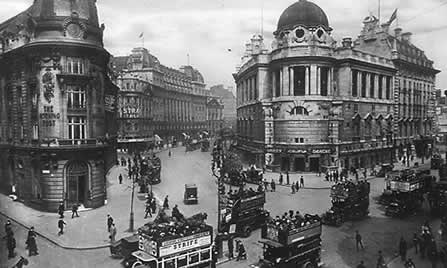
Advertisement and the popular press worked in tandem to create superstars of the brightest and most talented of the music world. Victorian-era standbys, like Adelina Patti retained their popularity well into the Edwardian era, but new luminaries tapped into the bombastic publicity emblazoned across newspapers, magazines, omnibuses, playbills, etc to build their reputations. Conductor Thomas Beecham, widely considered one of the most important musical geniuses of the 20th century, nevertheless used his family wealth to enter the opera world, and arrogantly reigned over the English music scene until his death in 1961.
In general, the Edwardian era is most associated with the frothy, glittering, magical music that wafted from the musical comedy–and the Gaiety Theatre and Daly’s under the “Guv’nor” George Edwardes in particular. These comedies usually had the word “Girl” in the title, featured light comic tunes sung by glamorous leading ladies and gentlemen, and anchored by a chorus line of beauties known as Gaiety Girls. Most songs written by Lionel Monckton and Ivan Caryll, whose compositions and lyrics made stars out of Lily Elsie, Gabrielle Ray, Gertie Millar, and other comic actresses.
The most enduring musical comedy was The Merry Widow, an adaptation of Die Lustige Witwe by Franz Lehar, which ultimately ran at Daly’s for a little over two years. Its famous waltz sold over 200,000 copies in sheet music, and it was seen by nearly two million people throughout its first run (King Edward VII was said to have viewed it four times!). The appetite for this kind of spectacle opened the door for American-style revues and American style music (ragtime, blues, and early jass [later jazz]). Book-ending the Edwardian period were the ragtime compositions of Scott Joplin and the rollicking blues & jass of Jelly Roll Morton, though the dominance of black music and black musicians did not emerge until after WWI.
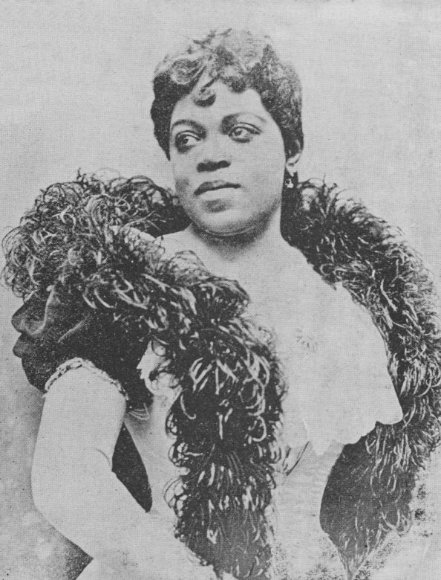
Early globalization led to an increasing diversity of musical acts. Minstrel and racial stereotypes still persisted, but Britons (and Americans) of color took control of their own representation and productions in the Edwardian era. England’s own Samuel Coleridge-Taylor, born to an Englishwoman and a Sierra Leonean doctor, gained fame as a composer of modern classical tunes, the most famous being his The Song of Hiawatha, which caused an immediate sensation upon its premiere in 1898. Coleridge-Taylor soon became a point of contact within Britain and America’s black musical circles, who ranged from fellow composers like Will Marion Cook, to choir groups (very popular with all social classes and ethnicities) like the Kingston Choral Union from Jamaica. In India, the gramophone spread English music, but it also spread knowledge of traditional songs of the country’s various ethnic groups. Surprisingly, it was Indian women who led the way, and the first two decades of the 20th century created superstars of Gauhar Jaan, Malka Jaan, Zohra Bai Agrewali, among others.
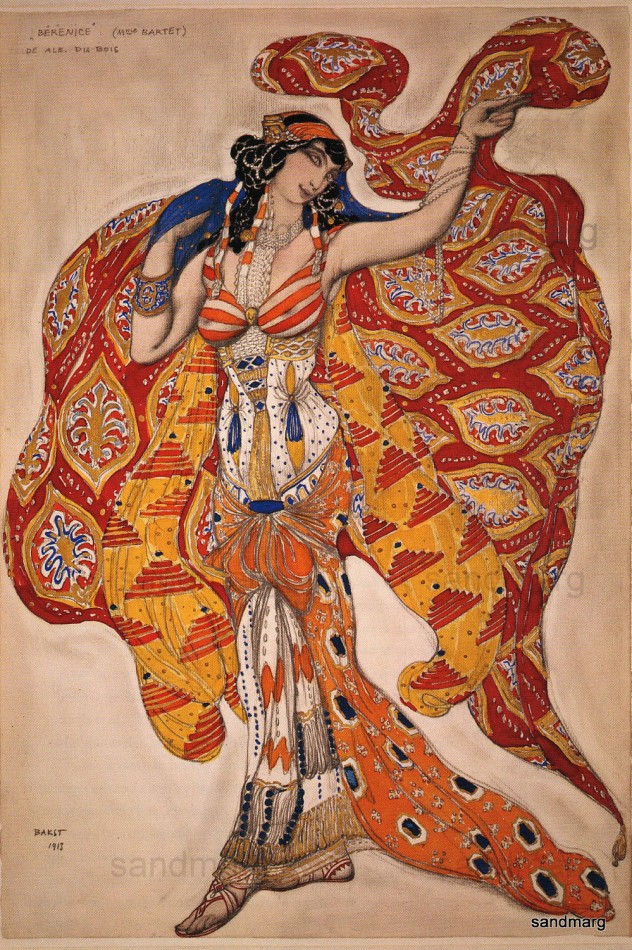
The Ballet Russes brought avant garde music–composed by Igor Stravinsky and Claude Debussy–into the mainstream. Stravinsky, Debussy, and Maurice Ravel, were some of the titans of the new movement in music, which mirrored the growing avant garde art movements like Post-Impressionism, Fauvism, Symbolism–all under the umbrella of “Modernism”–and changed the way 20th century listened to classical music.
If I could sum up the topic of music in the Edwardian era in one word, it would be “variety.” The early 1900s didn’t see a complete break with Victorian traditions, but its breadth and depth was indicative of a society that had begun to find its individual footing.
Further Reading:
Black Edwardians by Jeffrey Green
Edwardian Popular Music by Ronald Pearsall
“Music” by Frank Howes in Edwardian England, 1900-1914 ed Simon Nowell-Smith
Gaiety Years: George Edwardes and His Times by Alan Hyman
Other Edwardian Promenade posts
Category: Music
Tagged: Popular Music
Tagged: Music

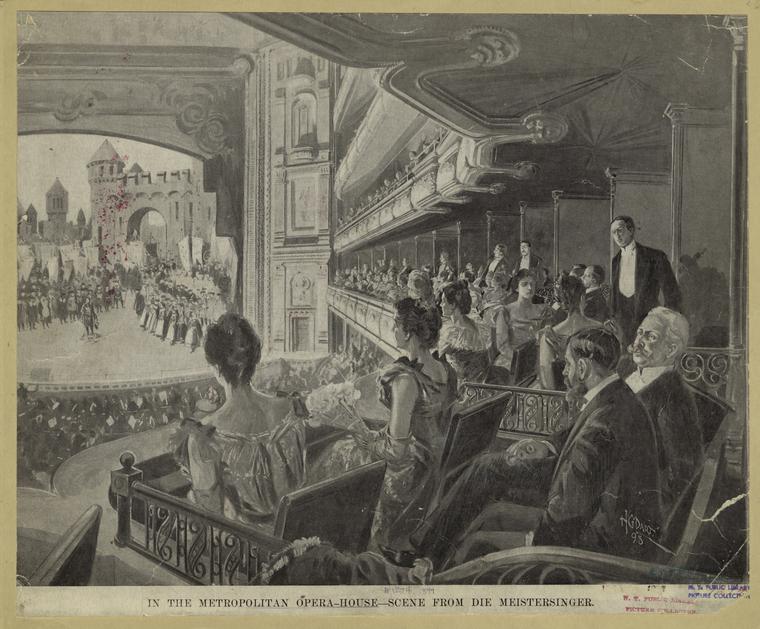

![Downton Abbey: The Essential Collection Soundtrack [Listen]](http://edwardianpromenade.com/wp-content/uploads/8815766.jpg)
